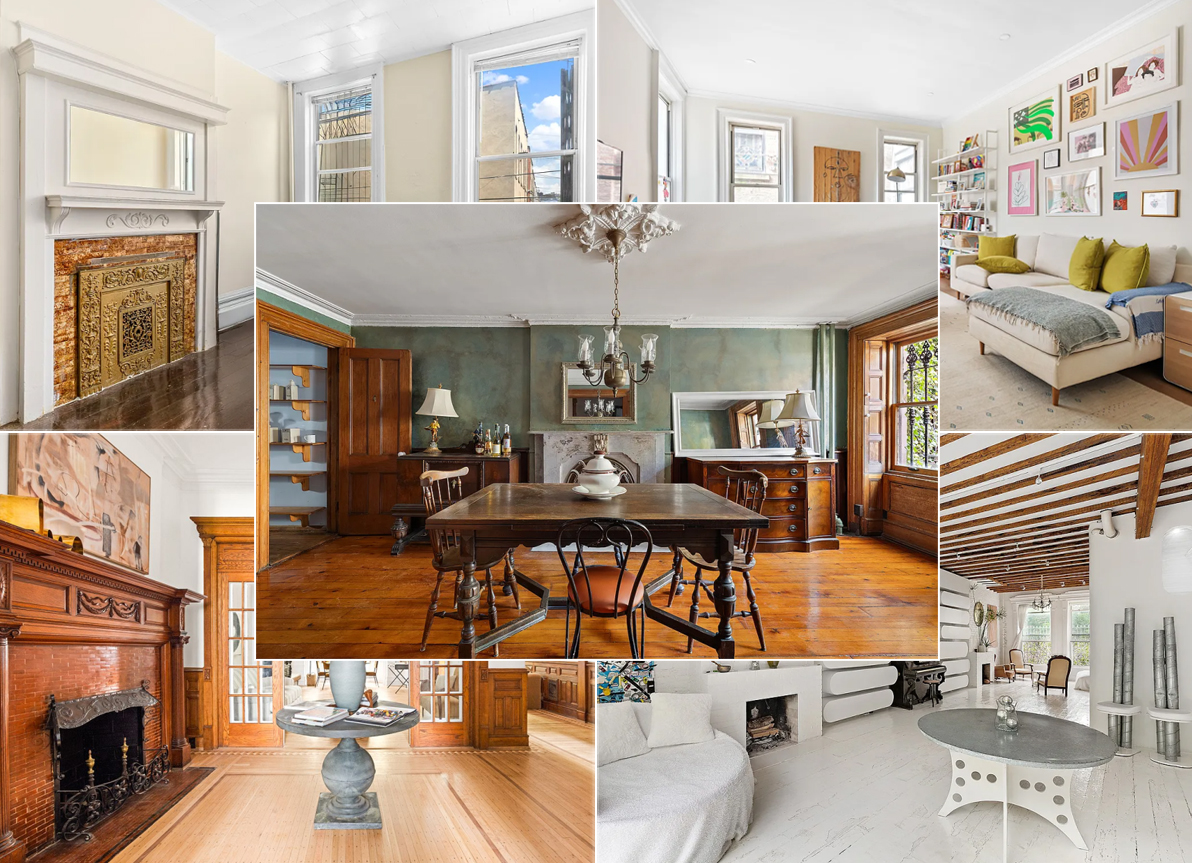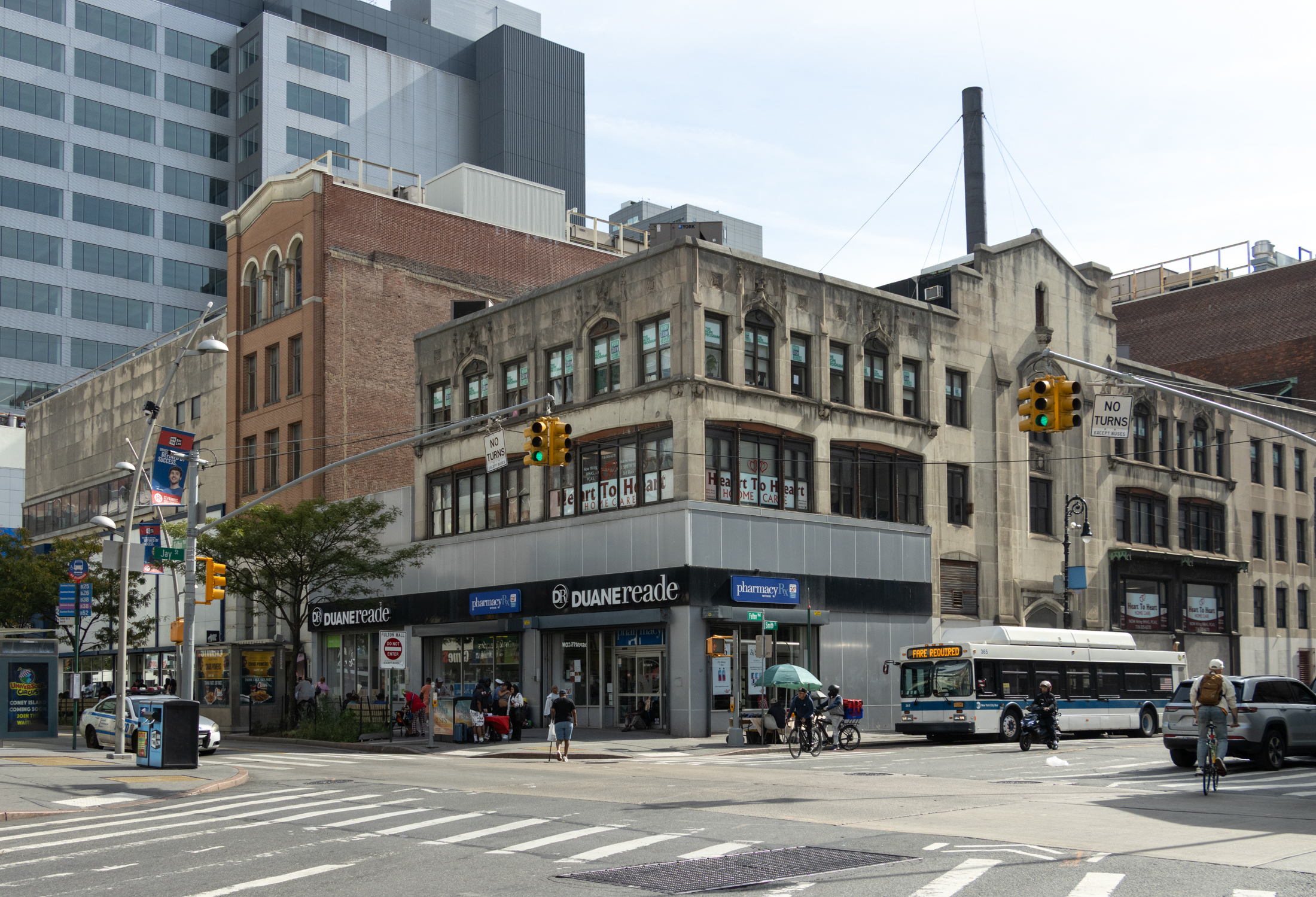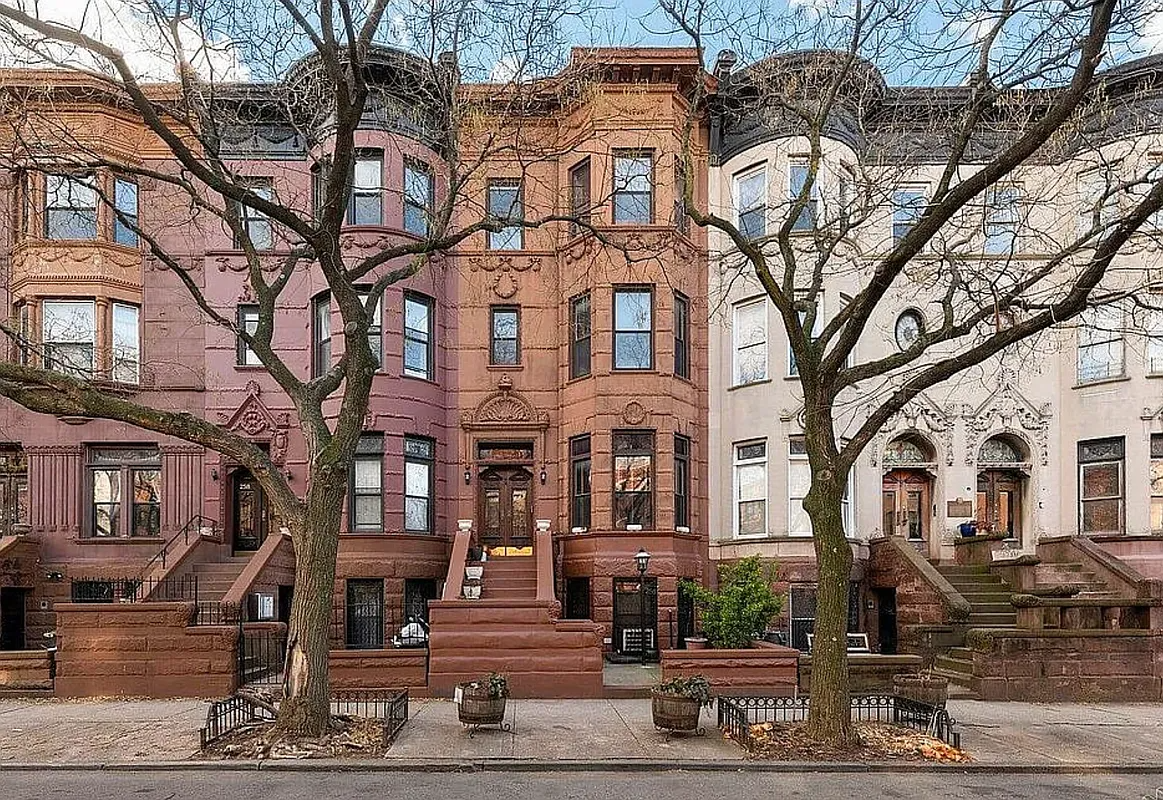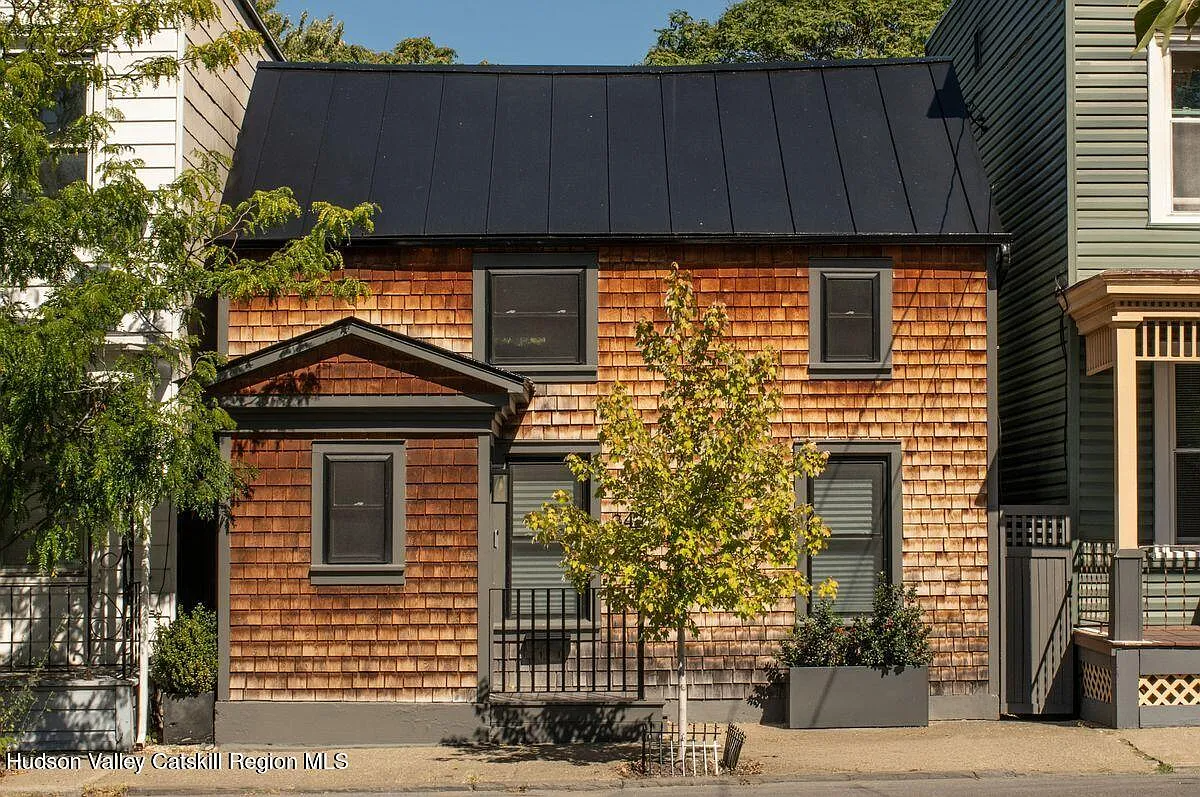Update on the Bedford Armory Homeless Saga
When we last checked in with the Bedford Armory, nearby residents were trying to fight efforts by the Department of Homeless Services to move the city’s main intake center from the East 20’s in Manhattan to the historic armory in Crown Heights; more recently the city announced its intention to also increase the number of…


When we last checked in with the Bedford Armory, nearby residents were trying to fight efforts by the Department of Homeless Services to move the city’s main intake center from the East 20’s in Manhattan to the historic armory in Crown Heights; more recently the city announced its intention to also increase the number of homeless beds at the nearby Sumner Avenue Armory from 200 to 1,000. Shortly after last August’s confrontational meeting on the topic between residents and DHS’s George Nashak, a spokesperson for DHS said that the agency would add an additional intake center in Manhattan to lighten the Armory’s load. In hearings later in the year, however, DHS retreated to the position that it was “considering” the Manhattan location. As far as we can figure out, DHS has yet to clarify the situation. In addition, when DHS announced it would be expanding the number of beds at the Bedford-Atlantic Armory, it tried to placate locals by saying it would close down the Peter Young Shelter across the street. Well, they did close Peter Young, but they turned it into a 24-hour detox center, which is always good for the neighborhood quality of life. To protest the treatment the neighborhood is receiving from the city and to announce that a law firm has been retained to fight the city, City Council Members James, Vann and de Blasio along with a number of other elected officials and neighborhood organizations are holding a press conference at City Hall on Sunday at 2 p.m. As we’ve said before, Crown Heights and Bed Stuy already shoulder more than their fair share of these kinds of social services and don’t deserve to be dumped on again.
Shelter Woes Spread From Crown Heights to Bed Stuy [Brownstoner]
Homeless Intake Center Plan Provokes Broad Opposition [Brownstoner]
Pols Gather to Pan Crown Heights Homeless Plan [Brownstoner]
Crown Heights Rally: Don’t Dump On Us! [Brownstoner]





Rob, WNYC did a series on that topic last year. For many of the basics like milk, prices are often higher in poorer neighborhoods. Not sure about coffee.
Well said, bxgirl. Well said.
Well it did take me awhile to calm down enough to post here after reading robs post.I think you should know that homeless organizations are also involved in fighting the Bedford Intake center because they believe- and rightly so- it forces undue hardship on homeless men who need to get services. The train is a far walk, and this is no nexus of train lines. If you’re coming from Manhattan to here, you have to plot out your route. I do it, thousands of Crown Heights people do it as we go to and from work. But if you’re a homeless guy without money or food or warm clothing, you have a problem. By mking it harder for these men to get help you’re doing them a great disservice.
My neighborhood is filled with working poor and middle class, rob. We may not have Wall St financiers (thank goodness!) but equal rights comes under the Constitution, not via a financial statement. The fact that you paid for a 2 million dollar home doesn’t entitle you to be a land baron. It entitles you to have a nice home, a honking big mortgage, a car, and expensive clothes. It doesn’t entitle you to tell the city to dump its problems in less wealthy neighborhoods.
CHN and Bed-Stuy have struggled to stabilize and become great communities to live in. They have struggled with greater problems and done far more with far less than a Brooklyn Heights or a Park Slope. Many of us don’t have a voice in what the city does, and many of us who do have found it isn’t loud enough because it isn’t backed up by big money. So year in and year out these neighborhoods have endured.
What the city is doing is neither right, nor ethical, nor moral. And probably not legal. Taxes paid in these neighborhoods go to provide services and infrastructure in yours, rob. You get better service in Park Slope. Your potholes are fixed sooner. You have nicer train stations (Grand Army plaza is gorgeous), and when people in Park Slope raise a fuss, it gets a better listen than when Crown Heights speaks.
Don’t make the mistake of believing we don’t care and that’s why we are where we are with social services. There are strong community voices and the press conference is one result. Money buys you stuff, rob. It doesn’t entitle you to dump social responsibilities on another community. Now if only Bloomberg would learn that…
Rob, bring it on! I don’t know about the prices in varying bodegas, but would be interested to see what your field research would show. Get a video camera and start roaming different nabes this weekend.
quote:
why is anyone responding to Rob, who is 1 pay check away from being homeless, in his 30’s and living with a roommate. he is pathetic and should be completely ignorned.
oh sorry i don’t fit your super sweet demographic. :-/ just because im in my 30s and have a roommate doesn’t mean i can’t have an opinion about brooklyn related things. let me ask you something. do you have a wife or husband or boyfriend or girlfriend who you live with? newsflash. that’s a roommate (with benefits)
*r*
brownstoner – when was the last time you shopped at a bodega in a poorer ‘hood. the poland springs at my bodega is 75 cents. downtown brooklyn/brooklyn heights the same poland springs is between $1.25-$1.67, depending on where you go.
quote:
Bodegas in poorer neighborhoods often have higher prices than better-serviced, more expensive areas.
that is 100 percent absolutely categorically UNTRUE. if you want i can make a documentary or something on this and do field research.
i am a master bodega and fauxdega shopper. i know.
*r*
why is anyone responding to Rob, who is 1 pay check away from being homeless, in his 30’s and living with a roommate. he is pathetic and should be completely ignorned.
Bodegas in poorer neighborhoods often have higher prices than better-serviced, more expensive areas.